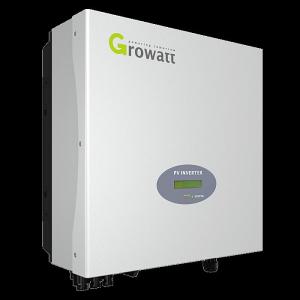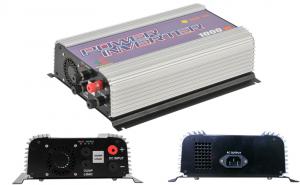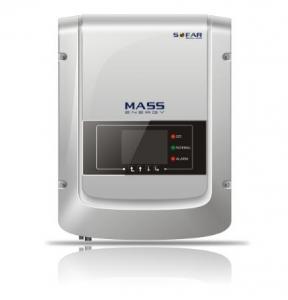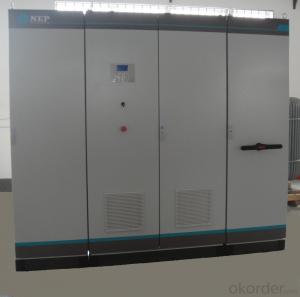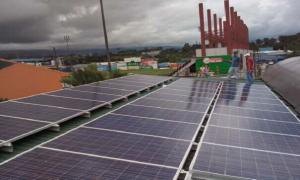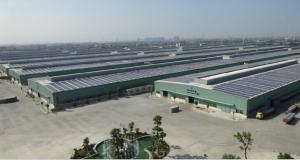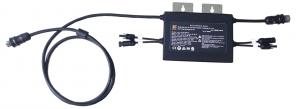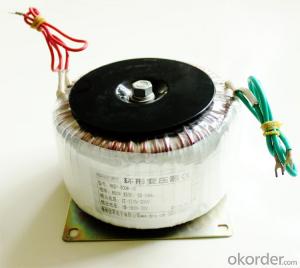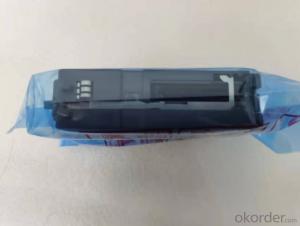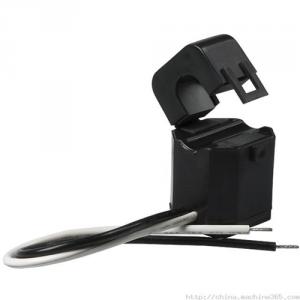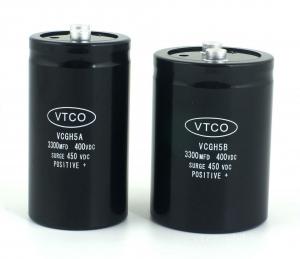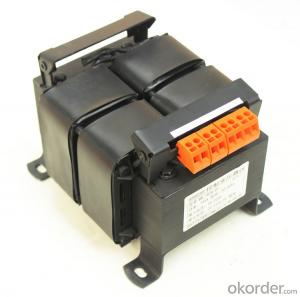1000w Solar Grid Tie Inverter
1000w Solar Grid Tie Inverter Related Searches
10kw Solar Grid Tie Inverter 1kw Solar Grid Tie Inverter Solar Grid Tie Inverter Solar Hybrid Grid Tie Inverter Solar System Grid Tie Inverter Sun Grid Tie Inverter Solar Grid Tie Inverter Kit Grid Tie Solar Inverter Hybrid Grid Tie Solar Inverter Grid Tie Inverter Solar Best Solar Grid Tie Inverter 1000w Solar Inverter Solar Grid Tie Micro Inverter Best Grid Tie Solar Inverter 5kw Solar Grid Tie Inverter Grid Tie Hybrid Solar Inverter 1000 W Solar Inverter 3kw Solar Grid Tie Inverter Solar Grid Tie Inverter Price 1000 Watt Solar Inverter Solar Inverter Grid Tie Grid Tie Inverter Solar Kit Solar Inverter Off Grid 1000w 1000 Watt Solar Power Inverter Solar 1000 Watt Power Inverter Grid-Tie Solar Inverter 1000kw Solar Inverter Off Grid Solar Inverter 1000w Solar Power Inverter 1000w Solar Grid Tied Inverter1000w Solar Grid Tie Inverter Supplier & Manufacturer from China
The 1000w Solar Grid Tie Inverter is a high-performance solar power conversion device designed to efficiently convert solar energy into usable electricity for grid-connected applications. This advanced inverter is equipped with advanced MPPT technology, ensuring maximum power output from the solar panels, and features a user-friendly interface for easy monitoring and control. The product is built with high-quality components to ensure reliability and longevity, making it an ideal choice for residential and commercial solar power systems.The 1000w Solar Grid Tie Inverter is widely used in various applications, such as residential rooftop solar installations, small-scale commercial solar projects, and off-grid power systems. This versatile inverter can be easily integrated into existing electrical systems, providing a seamless transition to renewable energy sources. The device is also suitable for use in remote areas where grid electricity is not readily available, offering a reliable and sustainable power solution. By harnessing the power of the sun, this inverter helps reduce reliance on fossil fuels and contributes to a cleaner, greener environment.
Okorder.com is a leading wholesale supplier of the 1000w Solar Grid Tie Inverter, offering a vast inventory of this product to cater to the growing demand for renewable energy solutions. With a strong commitment to quality and customer satisfaction, Okorder.com ensures that each inverter is thoroughly tested and inspected before being shipped to customers worldwide. By partnering with reputable manufacturers, Okorder.com is able to provide competitive pricing and fast delivery, making it the go-to source for solar power enthusiasts and professionals alike.
Hot Products










